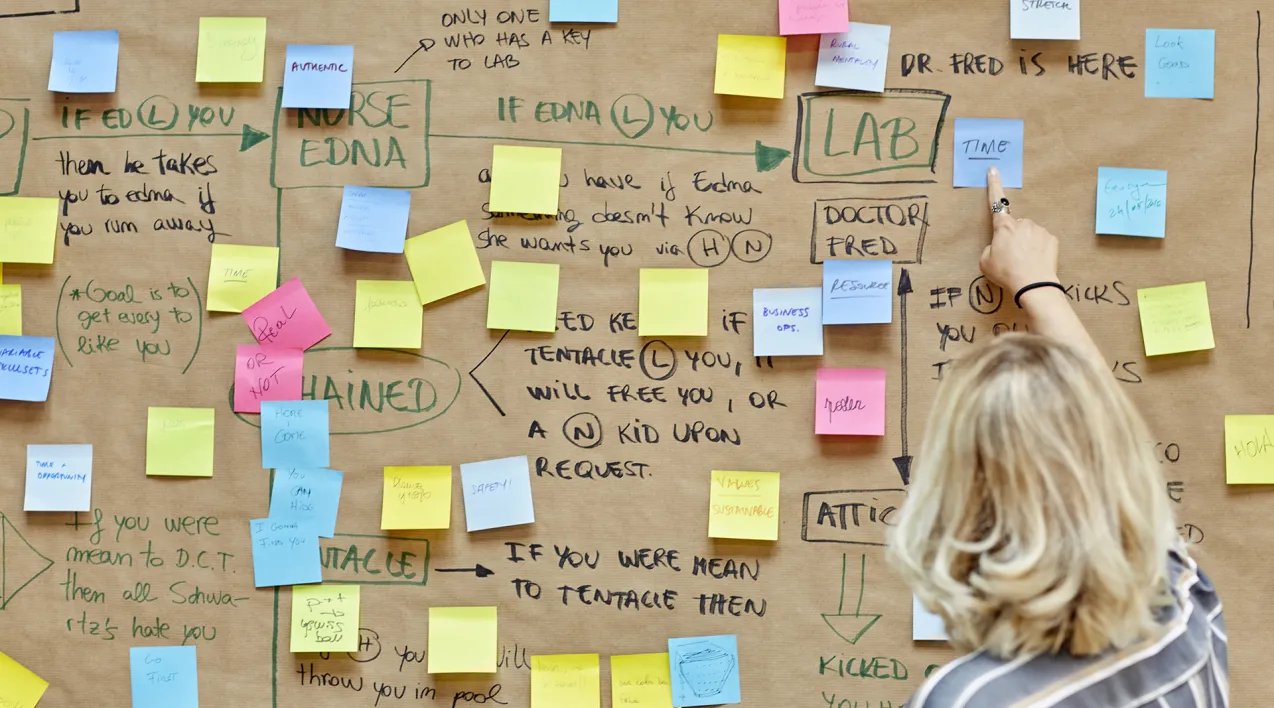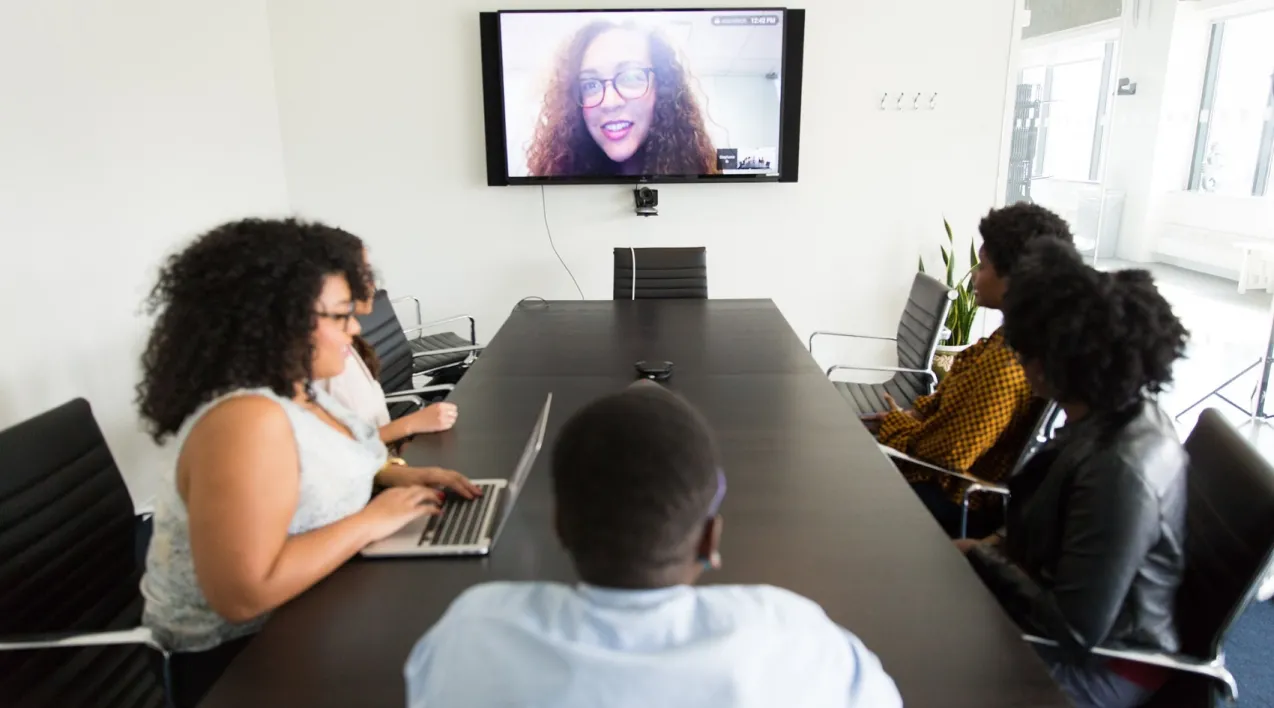In brief:
- For highly regulated industries, the definition of “hybrid” working is complex. Many employees are required to be in the office, while other individuals in the same firms have the flexibility to work from home.
- This dichotomy presents cultural challenges (including those related to diversity, equity, and inclusion (DEI)), but it also provides opportunities for these organizations to redefine the behaviors that underpin their culture, approach DEI with intentionality, enhance experiences, and create more effective ways of working for all employee populations.
- In this blog, we’ll explore how to turn this challenge into an opportunity by following five key strategies:
- Clarifying expectations
- Making the value visible
- Revisiting and redefining the behaviors that underpin your culture
- Embedding the change
- Making sure to measure progress
As we move into the post-pandemic future of work, organizations continue to experiment with and evolve their approaches to hybrid ways of working. Many have realized there isn’t a one-size-fits-all solution to hybrid work, and every industry faces unique challenges when it comes to implementing this type of environment.
For those operating in highly regulated industries—think life sciences, financial services, and health and human services—the challenge of a hybrid environment is even more complex. That’s because some positions in regulated firms, for example, traders within financial services, will always require a physical presence in the office.
These same organizations, however, have employees in roles with less stringent regulatory requirements (e.g., marketing) who are challenging the traditional workplace structure. Leaders are under increasing pressure to offer flexible working arrangements to this segment of their workforce.
With some employees required to be in the office full time and others given the flexibility to embrace a hybrid way of working, many highly regulated organizations are facing a culture crisis. The multi-tier employment structure, with its different expectations and experiences, can lead to disengagement and even resentment among certain employee populations.
So how do leaders of highly regulated organizations set the stage for a strong culture and employee experience across all employee populations? And how do you inspire the employees who are required to be in the office to want to be there and to embrace the unique expectations of their roles?
Below, we answer these questions and divulge a list of best practices for driving employee engagement across the workforce.
Move from confusion to clarity
With so many new workplace environments and ways of working, we’ve found that many employees are confused about what’s required of them. Particularly in highly regulated organizations, leaders must clearly define what “hybrid” means for each employee group to position individuals for success. For those required to be in the office, this means outlining regulatory requirements and employer expectations about in-office presence as early as possible. The same holds true for individuals with the flexibility to work remotely or in a hybrid manner—communicating clearly and establishing expectations up front with these employees will help prevent confusion, conflict, and disengagement down the line. When employees have clarity, they have the information they need to thrive in any given role and environment.
As you are communicating with employees, encourage two-way conversations and co-creation between leaders and employees when possible. Spend time understanding the motivations and potential obstacles members of your workforce face. This will help put your people at the center of the experience and provide autonomy, which is critical to positive employee sentiment. When individuals feel heard and part of the “change journey,” they are not only more likely to adopt and embrace new ways of working but also share and lobby for the change with their peers and colleagues. You can also support the shift from confusion to clarity by considering and communicating how performance incentives and/or measurement will change as a result. This helps give your workforce a clear structure around expectations that are tailored to them.
For roles that are not subject to regulatory constraints, leaders must proactively weigh the risks associated with working remotely (i.e., leakage of sensitive data) against the benefit of flexibility for employees. Communicating these risks clearly and setting boundaries early will help employees mitigate risks and navigate change.
Make the value visible
As described in our HybridHQ series, leaders must approach the hybrid workplace with clarity around purpose and priorities. For employees required to be in the office, for example, it is important to intentionally and consistently communicate the “why” and the value of that requirement. Make it about the value to the individual.
If learning and development is a key motivation for your workforce, is there perhaps an opportunity to host professional education opportunities on-site? Alternatively, you could discuss the benefits to well-being and productivity when employees are in an office—a lot of information-sharing tends to happen through short informal conversations at work, and working remotely requires these interactions to be scheduled, reducing the number that occurs. You can also consider speaking to the value of human interaction in general, such as the opportunity to build relationships and increase learning—research shows that employees who report having friends at work have higher levels of productivity and job satisfaction than those that don’t. Leaders have a role to play in this space too, not just in setting the tone but also by being in the office in person, giving those in the office greater opportunities to connect directly with them.
Additionally, remind your employees why they joined your company in the first place. What is it about their team and their role that drew them into the office pre-pandemic? By identifying these important motivating factors, you’ll remind individuals of their purpose and the value of their role in your organization. This is critical to employee engagement and their ability to thrive.
Revisit and redefine your culture
As you define what “hybrid” means for your organization, you must also revisit and redefine the behaviors that underpin your culture, as they will likely need to evolve. We discuss how to cultivate culture in a hybrid workplace in depth here, but now we’ll focus on what this looks like for highly regulated firms.
Your first step is to take a step back. Make the space to reflect on the current state of your culture and ways of working, looking at the spoken as well as the unspoken perceptions within your organization, while envisioning your goals for the future way of working.
Take time to think through what the future could look like for every employee group in your organization. Perhaps you determine that you need to create two complementary cultures based on the expectations and requirements you’ve clearly outlined related to hybrid versus in-office working. Those expectations and requirements would be core behaviors within each culture, and in this scenario, employees could choose the one that is right for them. Importantly, each sub-culture should be rooted in the same overarching vision and values. It should be clear that everyone in the organization is working toward the same outcome even if the environments, behaviors, mindsets, and ways of working vary.
To build a culture that endures, everyone must be willing and tolerant of taking a step back to embrace the process of forming, storming, and norming that needs to happen.
Embed the change
In addition to intentionally evolving the culture for multiple working models, leaders will need to consider how to help employees adopt newly defined ways of working. For example, do employees have the technology needed to effectively operate in a hybrid world? Are they set up for video calls? Are meeting rooms equipped with clear audio and clear video (picking up facial expressions of all those in the room) to support participation with remote colleagues? You’ll also want to define and communicate tech-related etiquette.
It isn’t easy to change behaviors and encourage the use of new technology, but rooting your change approach in behavioral science will help nudge and encourage staff toward new ways of working sustainably. Before you can design a targeted behavioral approach, you must first identify the behaviors you want to evolve. There are many behavioral nudges you can employ to encourage different types of behavior and make the behavior as easy as possible. A simple nudge could take the form of an incentive such as a reward or recognition, while a more complex nudge could involve building a narrative around the behavior changes you want to see to provide a memorable journey for employees to follow.
It takes time for changes like this to be fully adopted and for your workforce to truly understand why the change in how they work is required. Success will hinge on having an intentional longer-term focus on embedding the change.
Don’t forget to measure progress along the way
It’s essential to baseline new ways of working and then monitor regular progress against that baseline. Consider the role of both quantitative and qualitative data to track progress. Go beyond employee engagement metrics to measure and track broader influences on organizational culture, such as productivity, workload balance, absenteeism, retention, recognition, and goal alignment. Together, these insights will help paint the full picture of what’s working—and what’s not—in your organization.
Regularly monitoring quantitative and qualitative data across the measures listed above might seem like a daunting task for many organizations, but this is where technology is speeding to the rescue. Modern insights tools (such as North Highland’s Transformation Intelligence) can analyze unstructured data and deliver precise insights. The ability to ingest any data also massively reduces the collection effort on both you and the target audience, so you can measure and adjust in much faster cycles to create an ever-improving solution to this complex and changing problem.
Defining and adjusting to new working environments in the post-pandemic era is a challenge for employees in all organizations, whether individuals are required to be in the office or have the flexibility to work remotely or in a hybrid manner. It’s time for organizations to embrace the opportunity that this challenge presents.
RELATED CONTENT


